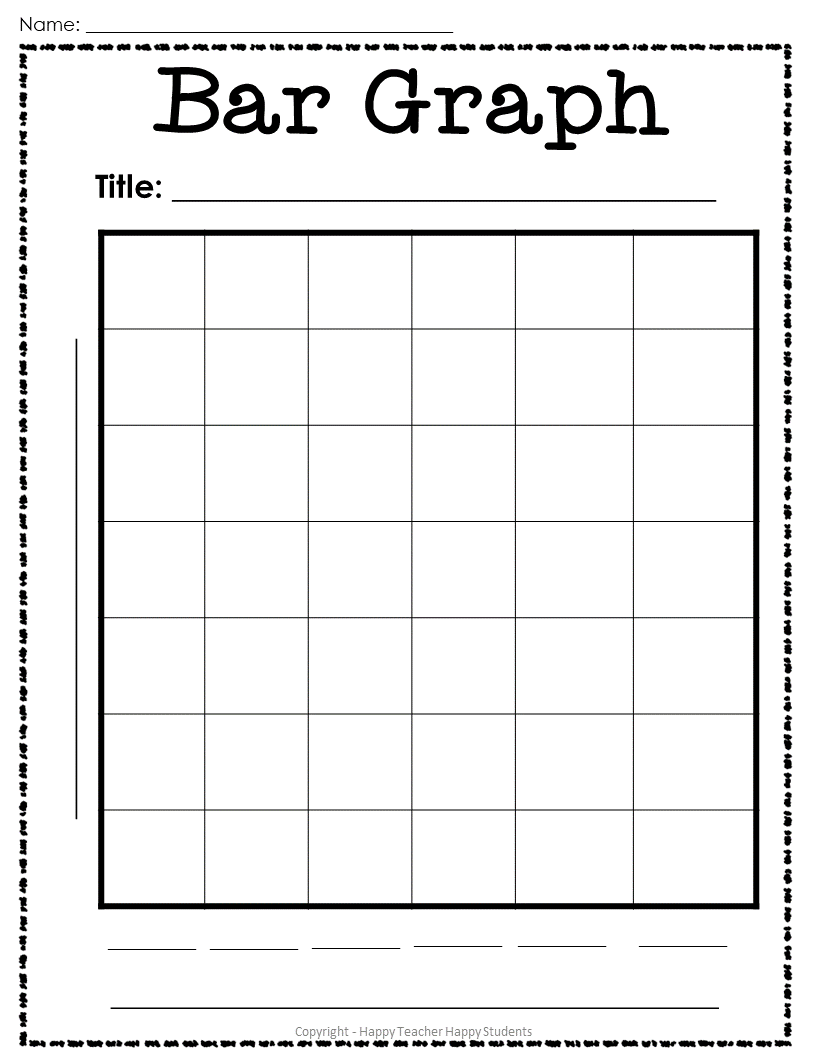Blank Graph Template: A Comprehensive Guide
In the realm of data modeling, the Blank Graph Template has emerged as a powerful tool for representing complex information. This template provides a flexible and adaptable structure that allows for the efficient storage and retrieval of diverse data types. In this comprehensive guide, we will delve into the intricacies of Blank Graph Templates, exploring their key components, benefits, and applications.

Image Source: classful.com
A Blank Graph Template is essentially a framework that defines the basic structure of a graph database. It consists of two primary elements: nodes and edges.
Nodes: Nodes represent entities or objects within the graph. They can store various types of data, including text, numbers, dates, and even other graphs.
1. Flexibility: Blank Graph Templates offer unparalleled flexibility, allowing you to represent complex relationships and hierarchical structures that may not be easily accommodated in traditional relational databases.
2. Scalability: As your data grows, Blank Graph Templates can scale seamlessly, handling large datasets without compromising performance.
3. Performance: Graph databases, built on Blank Graph Templates, are optimized for graph traversal and pattern matching, making them ideal for applications that require rapid data retrieval and analysis.
4. Real-time Updates: Blank Graph Templates support real-time updates, enabling you to modify data and relationships on the fly without affecting the entire dataset.
5. Natural Language Processing: Blank Graph Templates are well-suited for natural language processing tasks, as they can effectively represent the semantic relationships between words and concepts.
Blank Graph Templates have found widespread applications in various domains, including:
Social Media: Representing social networks, user interactions, and content relationships.
Blank Graph Templates have revolutionized data modeling by providing a flexible, scalable, and high-performance framework for representing complex information. Their ability to handle diverse data types, represent intricate relationships, and support real-time updates make them an invaluable tool for a wide range of applications. As technology continues to advance, we can expect Blank Graph Templates to play an even more prominent role in shaping the future of data management and analysis.
1. What is the difference between a Blank Graph Template and a schema?
A schema defines the structure of a database, while a Blank Graph Template provides a more flexible framework for representing data within that schema.
2. Can Blank Graph Templates be used with relational databases?
Yes, Blank Graph Templates can be integrated with relational databases to leverage the strengths of both approaches.
3. What are the limitations of Blank Graph Templates?
While Blank Graph Templates offer many advantages, they may not be the best choice for applications that require strict data normalization or complex SQL queries.
4. Are there any specific tools or programming languages that are well-suited for working with Blank Graph Templates?
Yes, there are several tools and programming languages, such as Neo4j, Apache TinkerPop, and Gremlin, that are specifically designed for working with graph databases.
5. How can I choose the right Blank Graph Template for my specific use case?
Consider factors such as the complexity of your data, the types of relationships you need to represent, and the performance requirements of your application.
Blank Graph Template








